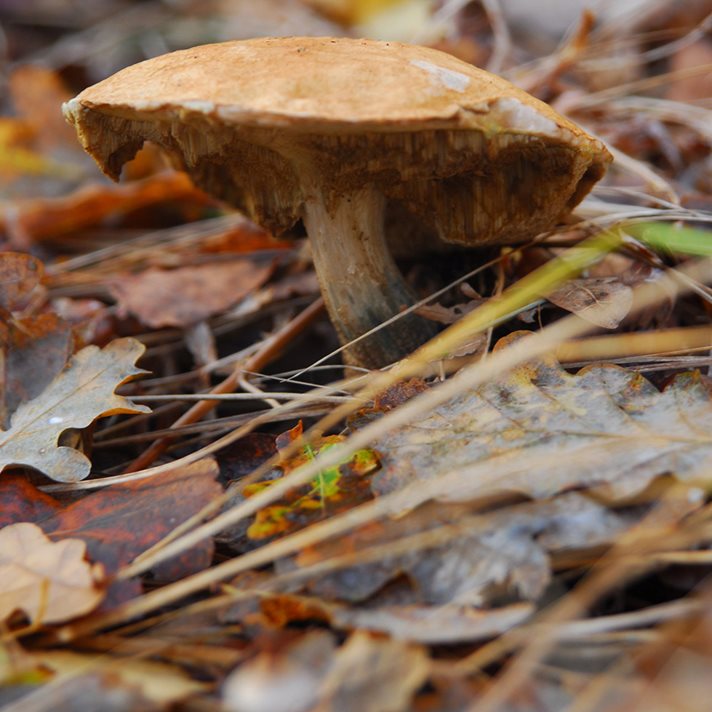Soil Microbiology

If you have ever wondered why you struggle to grow a particular group of plants, it might be down to the soil microbiology. The soil food web is teeming with both bacteria and fungi, both of which are preyed upon by protozoa, nematodes, arthropods, and other larger organisms such as animals and birds. All gardens differ in the quantity of microbes in the soil, and some of this is down to the type of plants we grow.
Trees, shrubs and perennials prefer a soil dominated by fungi, whilst fruit, vegetables, grasses and annuals prefer to reside in bacterial rich soils. Vegetables prefer a soil with a slightly higher bacteria rate to fungi. Carrots, lettuce and broccoli, ideally want a ratio of 0.3 fungi : 1 bacteria. Tomatoes and sweetcorn will cope well in a range of between 0.8:1 to 1:1.
Bacteria heavy soils will have no shortage of weeds. At the other end of the scale, conifers require the most fungal rich soils, as much as 100 times the biomass of bacteria. Oaks and Acers have a range of 10:1 to 100:1. Shrubs less again. Generally, you could say as a rule that the longer a plant lives for, the more fungal heavy the soil requirement.
Of course, you may ask, how can I change the soil microbiology? Adding composts, organic mulches and foliar feeds can reinstate any deficiencies. Adding either green grass clippings or comfrey leaves as a mulch around vegetables will increase bacteria rates. Brown material, such as leaves will encourage fungi if left whole. If shredded first they will be bacterial based. Pine needles will also create a fungal mulch, but only after they have aged for a bit. You can increase the effect further by first adding a thin layer of compost before mulching on top, although care is needed to not add too much material, as water and air need to penetrate through to the soil. The microbes in the compost inoculate both the soil and the mulch, so it decays and releases nutrients.
A compost tea or ferment can be created from plants such as comfrey, lavender, dandelion, nettle and marestail. Fill a bucket three-quarters full with your chopped up plants and cover with water. Strain the water off after three days and dilute to ten parts water. A compost tea is done in the same way, but with an aerator to ensure oxygen is added to the mixture. This can then be applied directly to the soil or as a foliar spray.
So even though you still have the right soil pH and aspect, but you’ve been struggling to grow a particular type of plant, then the issue may lie deeper in the soil and selecting how you feed the soil may be the problem.